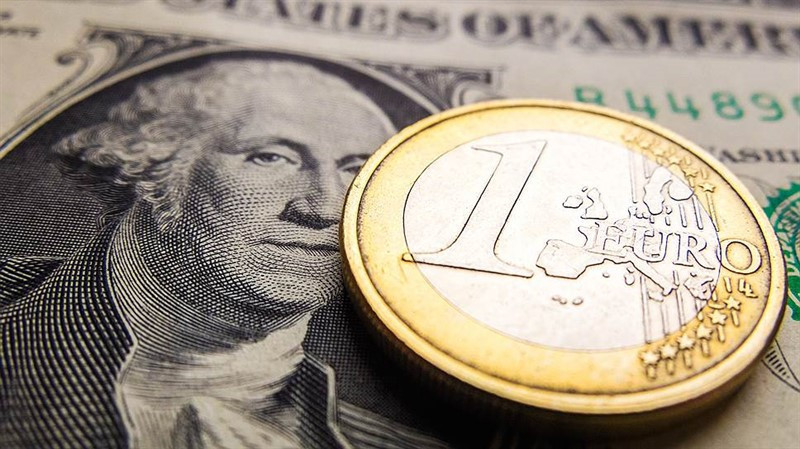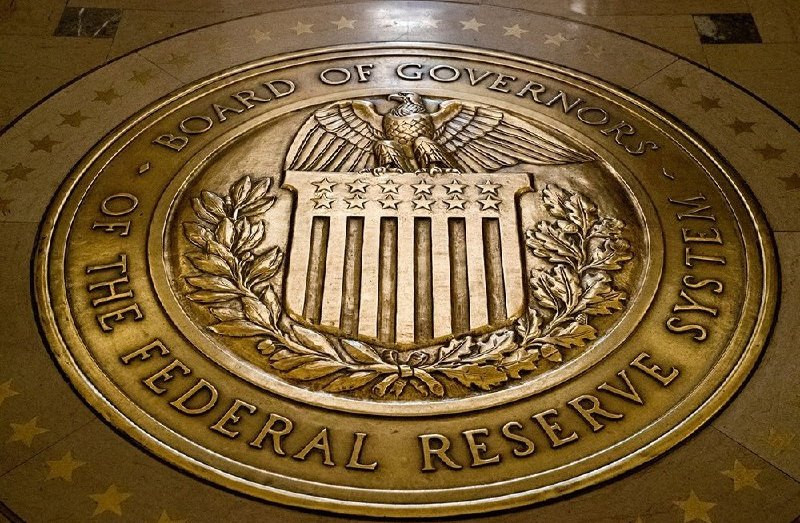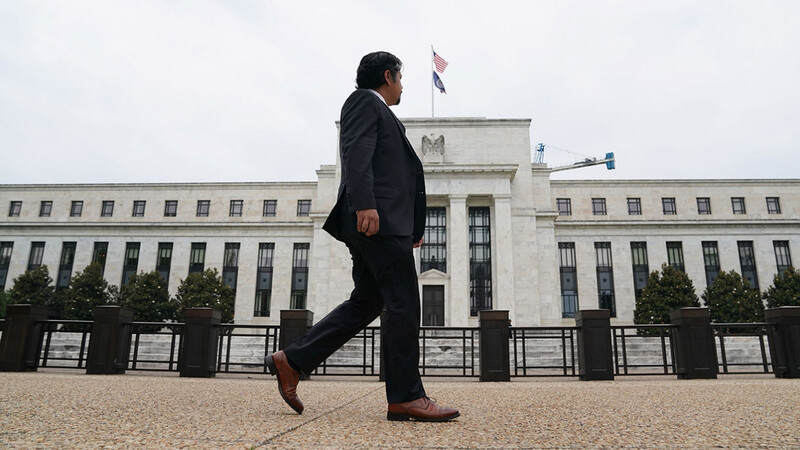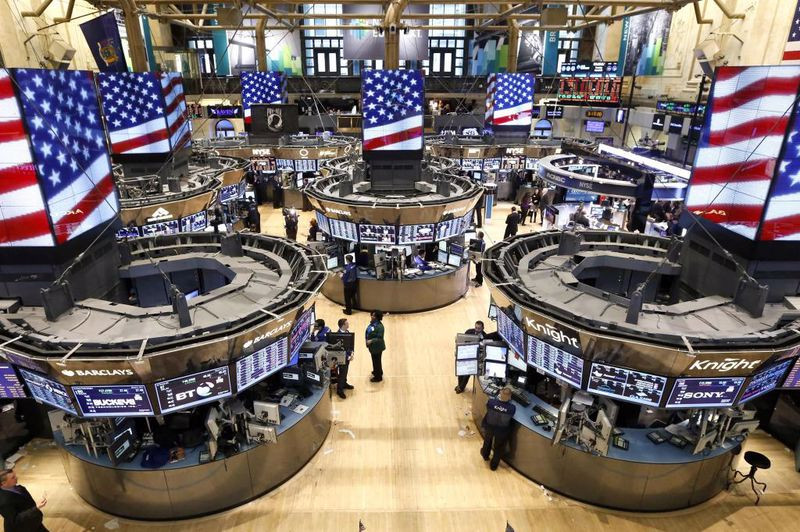
The greenback failed to maintain its fighting spirit on Friday, failing to build on the previous day's bounce.
During Thursday's Asian hours, the defensive dollar came under pressure amid renewed optimism that China could move away from a zero-tolerance policy for COVID-19.
Luck has turned against dollar bulls and S&P 500 futures have turned higher after Bloomberg reported, citing people familiar with it, that Chinese officials are debating whether to shorten the amount of time people arrive in the country, must be in mandatory quarantine.
In addition, the People's Bank of China has kept monetary policy at a favorable level to support economic growth in the country.
In the European session, the greenback extended the pullback from the two-day highs reached on Wednesday at 112.90 points. Meanwhile, S&P 500 futures held in positive territory.
At the start of trading in New York, the greenback was marked by a decrease of almost 0.7%, while the broad market index showed a rise of more than 1% amid a series of strong quarterly reports from US companies. In particular, the electric vehicle manufacturer Tesla increased its revenue in the third quarter of 2022 by 1.6 times - to a record level.
However, equities failed to sustain their gains as unexpected declines in weekly US jobless claims and hawkish comments from Federal Reserve officials fueled expectations that the central bank would raise interest rates aggressively, offsetting the impact of strong corporate earnings.
The number of citizens who first applied for unemployment benefits fell by 12,000 last week and amounted to 214,000 people, according to a recent report from the US Department of Labor. Experts on average expected an increase in the indicator to 230,000.

Fed spokeswoman Lisa Cook said that further rate hikes will be required, as inflation is too high and it should decrease, so the central bank will continue to do this until the work is done.
Philadelphia Fed governor Patrick Harker said the central bank is not done with raising the target short-term rate yet.
"Given the frankly disappointing lack of progress in curbing inflation, I expect that by the end of the year it will be significantly higher than 4%, compared with the current target level of the federal funds rate, ranging from 3% to 3.25%," he said.
These hawkish statements pushed US Treasury bond yields to new multi-year highs and allowed the dollar to rebound from a local low of 112.00 and win back daily losses.
As a result, the greenback has almost returned to the levels from which it started on Thursday. Meanwhile, the S&P 500 ended Thursday's trading in the red, dropping 0.8% to 3,665.78 points.
On Friday, the dollar tried to continue moving up, but failed to stay above the 113.00 mark, encountering resistance around 113.70.
The upward trend in USD has stopped. However, only a breakthrough below the area of 110.00-109.30 may cause further losses, Societe Generale believes.
"It is worth noting that the monthly RSI is at the best levels since 2015, which indicates a prolonged movement. This does not signal a reversal, but consolidation is not excluded. Only if the 50-day moving average near 110.00-109.30 is surpassed, will there be a risk of a deeper pullback," the bank's economists said.
"The uptrend may resume as soon as there is a breakthrough above the recent declining high at 113.90. The next potential obstacles are located at 117.00 and the 2001 high in the area of 121-122," they added.
After reaching three-week peaks above 113.70 on Friday, the greenback turned to decline and sank to the lowest levels since October 6 below 111.80.

The dollar lost ground on Friday after The Wall Street Journal reported that the US central bank is likely to discuss whether it will be necessary to signal the possibility of a smaller-scale rate hike in December, and how to do it.
"Some Fed officials are signaling greater concern about large-scale interest rate hikes in order to curb inflation. Some also want to stop raising rates early next year to see how their moves this year slow down the economy and reduce the risk of causing an unnecessarily sharp slowdown," the WSJ said.
Such prospects do not bode well for the greenback and may support risky assets led by US stocks and the euro.
Despite the dollar's pullback on reports about the Fed, it is trading at levels not seen in the last twenty years.
"It is really difficult to bet against the fact that the Fed needs to maintain a rather aggressive approach in the future. Ultimately, this means that the dollar is still inclined to grow," CIBC Capital Markets noted.
The high yield of treasuries and the expected increase in rates from the Fed will support the USD, according to ING economists.
"We believe that any correction of the greenback should be very short-lived, since most of the factors contributing to the strengthening of the greenback really remain intact," ING analysts said.
"The markets have raised their expectations for the Fed's maximum rate to 5.0%, and the yield of 2-year UST is approaching 4.60%. This betting situation continues to raise doubts about the sustainability of any rally in stocks, and the chances that the dollar will receive more demand as a haven are increasing. At the moment, we see no reason to change our forecast, which implies a return of USD to the highs of the end of September at the level of 114-115 in the coming weeks," they added.
A strong dollar adds even more pain to stock markets trying to break out of a multi-month downward trend. The S&P 500 index remains deep in the territory of the bear market, despite the fact that it has been adding about 3% since the beginning of the week.
The current increase, namely the rebound of the S&P 500 by about 5% from the new intraday low for 2022, reached last week in the area of 3,500 points, is not the first attempt to recover since the beginning of the year, but all of them have so far ended unsuccessfully.

"The market will reach the bottom when investors start thinking about a significant easing of the Fed's monetary policy over the next six to twelve months, when a decline in economic activity will be visible or when stock valuations will fully reflect the implementation of the bearish scenario. So far, these conditions have not been met," analysts at UBS Global Wealth Management believe.
According to experts, strong bullish sentiment around the dollar indicates that the path of least resistance for EUR/USD still lies to the downside. At the same time, any significant attempt to restore the pair can still be considered as a selling opportunity and risks quickly coming to naught.
In general, the greenback still feels more confident than the single currency due to the relative stability of the US economy and a tougher position of the Fed in the coming months due to inflation remaining at a high level.
Next Thursday, the United States will release a preliminary estimate of national GDP for the last quarter, which is projected to have increased by 2.4%.
A day later, the Fed's preferred inflation indicator will be released – the basic price index of Americans' spending on personal consumption for September, the growth rate of which is expected to accelerate to 5.2%. This is more than twice as high than the Fed's target of 2%.
The euro still cannot withstand the dollar's rise, say Scotiabank economists, who highlight key technical levels to watch out for.
"Since the middle of the year, EUR/USD bounces have been limited to the 40-day moving average or levels close to it. This was followed by a decline and new cycle lows. So far this week, this pattern persists, the pair failing to stay above 0.9878 (the 40-day moving average at the moment) and subsequently weakening. However, new cycle lows are still far away (below 0.9500). In the short term, we see support at 0.9720 and 0.9675-0.9680. Intraday resistance is at 0.9800-0.9810," Scotiabank noted.
The dollar will continue to strengthen in the coming months, and the EUR/USD pair will continue to decline and reach the bottom at 0.9300 around the beginning of 2023, Nordea believes.
"We have been in the camp of supporters of the strengthening of the dollar for a long time and so far we see no reason to change our point of view. We believe that in the coming months, the greenback will continue to strengthen due to the hawkish attitude of the Fed, which is conducting the fastest rate hikes in recent decades, the stable US economy and the fact that the dollar is a safe haven in these turbulent times. This will lead the EUR/USD pair to 0.9300 during the first quarter," the bank's strategists said.
"We think that the current strengthening of the dollar will not stop until the Fed achieves a reduction in inflation to ease aggressive policy tightening, or we will see a clear improvement in the prospects for global growth," they added.
Trading analysis offered by Flex EA.
Source



Please do not spam; comments and reviews are verified prior to publishing.